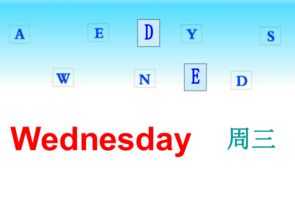
What is a JSON File?
Have you ever wondered what a JSON file is and how it works? JSON, which stands for JavaScript Object Notation, is a lightweight data-interchange format that is easy for humans to read and write and easy for machines to parse and generate. It is widely used in web applications, APIs, and various programming languages. In this article, I will delve into the details of JSON files, covering their structure, syntax, uses, and more.
Understanding JSON Structure

JSON files are structured in a way that is both intuitive and efficient. They consist of key-value pairs, which are enclosed in curly braces. Each key is a string, and each value can be a string, number, boolean, array, or another object. Here’s an example of a simple JSON file:
{ "name": "John Doe", "age": 30, "isEmployed": true, "address": { "street": "123 Main St", "city": "Anytown", "zipCode": "12345" }, "hobbies": ["reading", "gaming", "hiking"]}
In this example, we have an object with five key-value pairs. The “name” key has a string value, “John Doe.” The “age” key has a number value, 30. The “isEmployed” key has a boolean value, true. The “address” key has an object value, which contains its own key-value pairs. Finally, the “hobbies” key has an array value, which lists three strings.
JSON Syntax Rules

When creating a JSON file, it’s important to follow certain syntax rules to ensure that the file is valid. Here are some key rules to keep in mind:
-
Keys and string values must be enclosed in double quotes.
-
Values must be separated by commas.
-
Whitespace is ignored, but it is recommended to use it for readability.
-
Arrays are enclosed in square brackets and can contain any type of value.
-
Objects are enclosed in curly braces and can contain any number of key-value pairs.
Here’s an example of a JSON file with invalid syntax:
{ "name: John Doe", "age": 30, "isEmployed": true, "address": { "street": "123 Main St", "city": "Anytown", "zipCode": "12345" }, "hobbies": ["reading", "gaming", "hiking"]}
In this example, the key “name” is missing a colon, which makes the file invalid. To fix this, you would need to add a colon after “name” like this:
{ "name": "John Doe", "age": 30, "isEmployed": true, "address": { "street": "123 Main St", "city": "Anytown", "zipCode": "12345" }, "hobbies": ["reading", "gaming", "hiking"]}
Using JSON in Web Applications

JSON is extensively used in web applications for various purposes. One of the most common uses is to send and receive data between a server and a client. For example, when you submit a form on a website, the data is often sent to the server in JSON format. Here’s an example of a JSON payload sent from a client to a server:
{ "username": "johndoe", "password": "123456"}
On the server side, the JSON data can be parsed and processed accordingly. JSON is also used to store and retrieve data in local storage, such as cookies or local storage, and to exchange data between different parts of a web application.
JSON vs. XML
While JSON and XML are both data-interchange formats, they have some key differences. JSON is generally more compact and easier to read and write, while XML is more verbose and has a more complex structure. Here’s a comparison table to highlight the differences:
| Feature | JSON | XML |
|---|---|---|
| Size |




